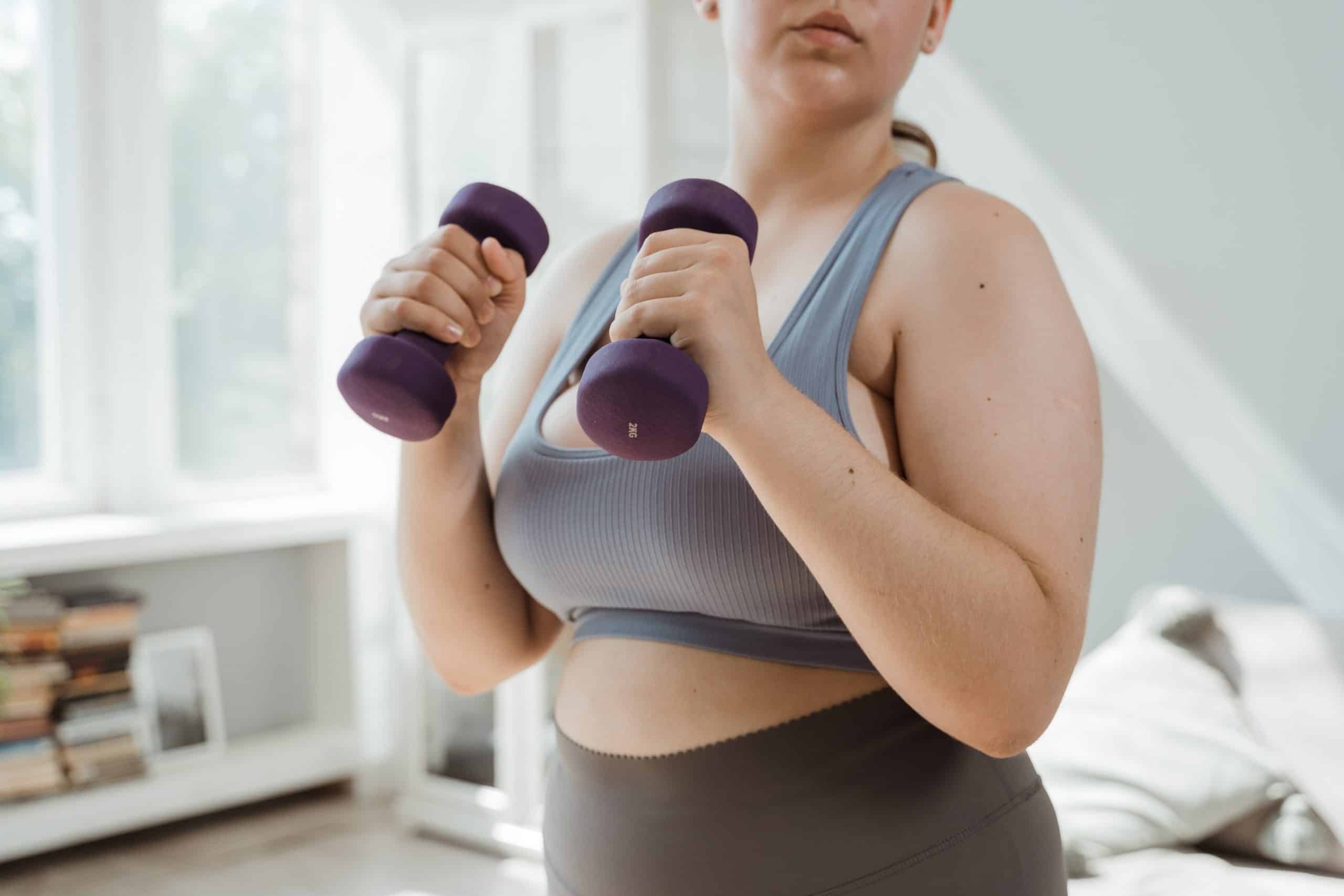 5-star Fitness
5-star Fitness
 5-star Fitness
5-star Fitness

It’s that time of the year when people begin to make resolutions for the new year. Also, for many, a primary goal might be this: “I want to lose weight!” In fact, a top reason people choose Premier Fitness Camp is to help them achieve weight loss goals. But, is it the right goal? Short answer—not exactly. Weight loss is too vague and doesn’t always mean better health. And, though weight loss can be a part of the wellness journey, the real focus should be on fat loss. So, what’s the difference between weight loss and fat loss?
In short, weight loss is a reduction in total body weight. When you lose weight, you’re losing body fat and making changes in lean body mass. This is also true for weight gain. You cannot control how much of each you will lose. I mean, it would be awesome if you could command your body to only use body fat stores for energy. Unfortunately, that isn’t how it works. But, you can influence the process. As you lose weight, you will lose some muscle in the form of lean body mass as well as body fat.
An in-depth explanation can be pretty technical. So, I’m going to explain it in a simplified form. Your lean body mass is everything in your body besides fat. Here’s the formula: Lean Body Mass = Total Weight – Fat Mass. This includes the weight of organs, skin, bones, body water, and muscle mass. Water weight is approximately 50-60% of your total body weight and can fluctuate daily. You can sometimes lose up to five pounds of water in a single day.
I once worked with a football team that would practice on high heat and high humidity days. We would regularly weigh players before and after practice to make sure they would replace lost water. Sometimes, they would lose up to 10 pounds after a single 2 hour practice! Losing water weight can happen fast, but losing fat is a much slower process.
First, let’s debunk the idea that fat is bad. We need fat for healthy cellular function, energy, vital organ cushioning, and insulation. But, too much fat can lead to an array of health concerns. There are two types of fat in the body: essential fat and nonessential fat.
Essential fat is the minimal amount of fat necessary for normal physiological function. For males and females, essential fat values are typically considered to be 3% for males and 12% for females. It’s found in the nerve tissues, bone marrow, brain, and organs. A higher amount of essential body fat in women allows for hormone regulation and healthy reproduction.
Nonessential fat is any fat above the minimal amount of essential fat. This adipose tissue (or storage fat) has accumulated as energy reserves. Nonessential fat that’s found just below the skin’s surface is called subcutaneous fat. Fat that lies deeper in the body surrounding the body’s organs is called visceral fat. Nonessential fat will visibly change as you modify your diet and exercise routine. Too much stored fat can negatively impact both physical and mental wellbeing. This is why maintaining a healthy body fat percentage is so important.
A range of 10-20 percent body fat for men and 18-28 percent of body fat for women is considered satisfactory for good health. A body composition within the recommended range suggests a person has less risk of developing obesity-related diseases such as diabetes, high blood pressure, and even some cancers.
There are several devices that you can use to determine your body composition. DEXA is the gold standard, but not always accessible. Other methods include calipers, hydrostatic weighing, Bod Pod, and bioelectrical impedance analysis. Each method has pros and cons. It’s important that you stay consistent with the same device and track your trends over time. Having a qualified professional administer the tests is best. But, if you choose to use a home scale that tracks body fat, while it may not be as accurate, you can still track your trends.
Remember, weight loss isn’t inherently a bad goal. But, a better goal would be to work towards fat loss while maintaining muscle mass. I also encourage you to set a goal that’s attainable and realistic. Keep track of your progress over time and push yourself to improve your performance and focus on building strength.
Megan Brandt,
Fitness Director